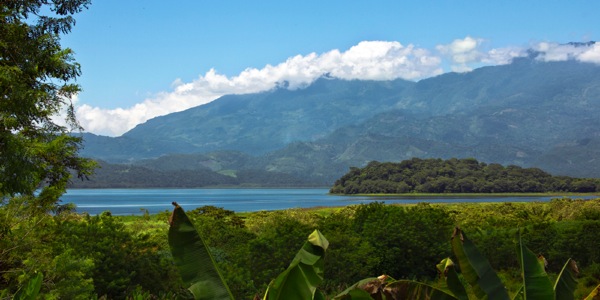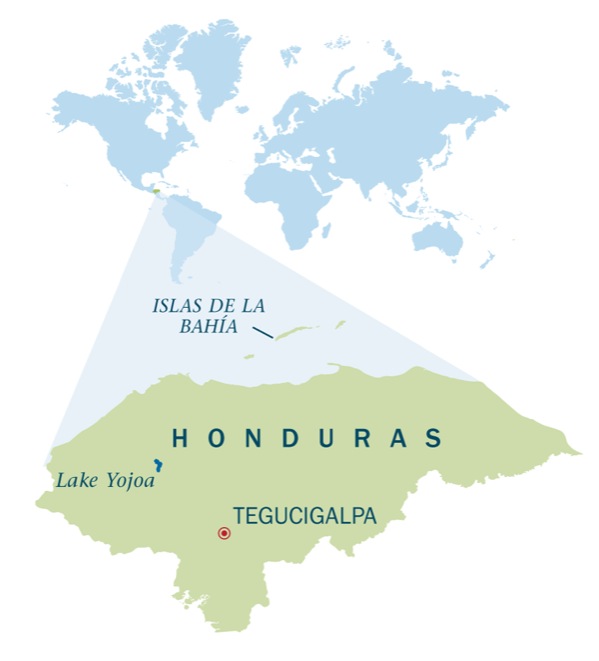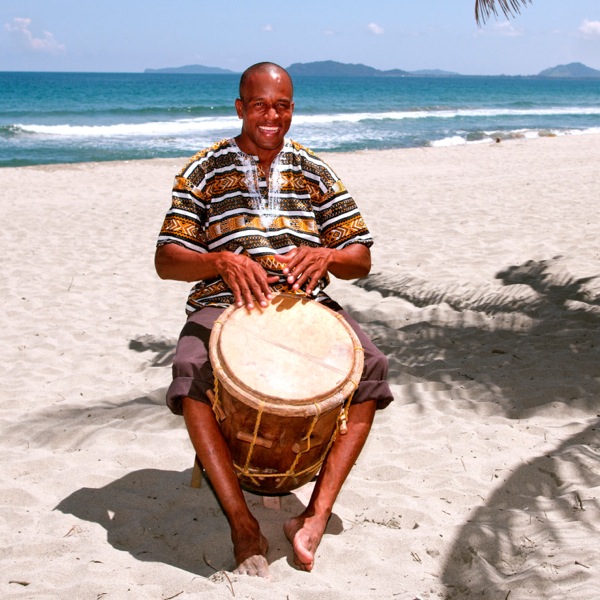The content displayed below is for educational and archival purposes only.
Unless stated otherwise, content is © Watch Tower Bible and Tract Society of Pennsylvania
You may be able to find the original on wol.jw.org

LANDS AND PEOPLES
A Visit to Honduras

HONDURAS means “Depths” in Spanish, a word Christopher Columbus may have used to describe the waters along this land’s Atlantic Coast. Some say that this is how Honduras was given its name.
Hondurans place high value on family loyalty and collaboration. For example, major decisions
Most Hondurans are mestizos, a blend of European and indigenous peoples. Some indigenous groups still remain, such as the Chortí. Other native Hondurans, such as the Garifuna, trace their ancestry elsewhere.

A Garifuna musician playing the hardwood drum
The Garifuna are descendants of Africans and Carib Indians who resided on St. Vincent island. About the year 1797, the Garifuna arrived at Islas de la Bahía (Bay Islands). Later, they settled along the Caribbean Coast of the Central American mainland. From there the Garifuna eventually spread throughout other parts of Central and North America.
The Garifuna enjoy lively dances performed to the beat of hardwood drums. Their culture also includes brightly colored traditional garments, storytelling, and foods such as ereba (a large, thin cake made from cassava root).
There are some 400 congregations of Jehovah’s Witnesses in Honduras. Meetings are held in Spanish as well as English, Garifuna, Honduras Sign Language, Mandarin Chinese, and Miskito.

Ereba, a large, thin cake made from the cassava root